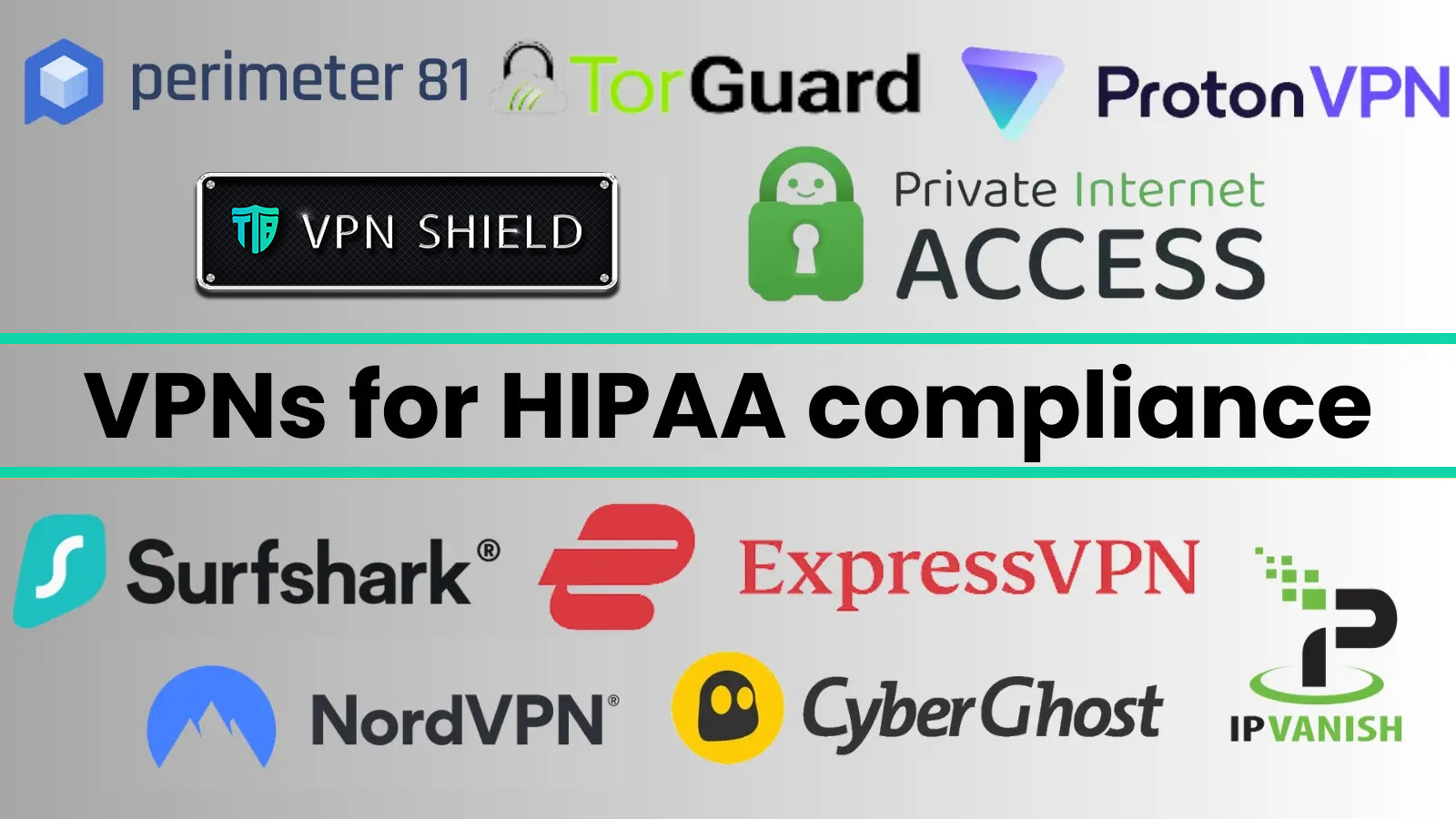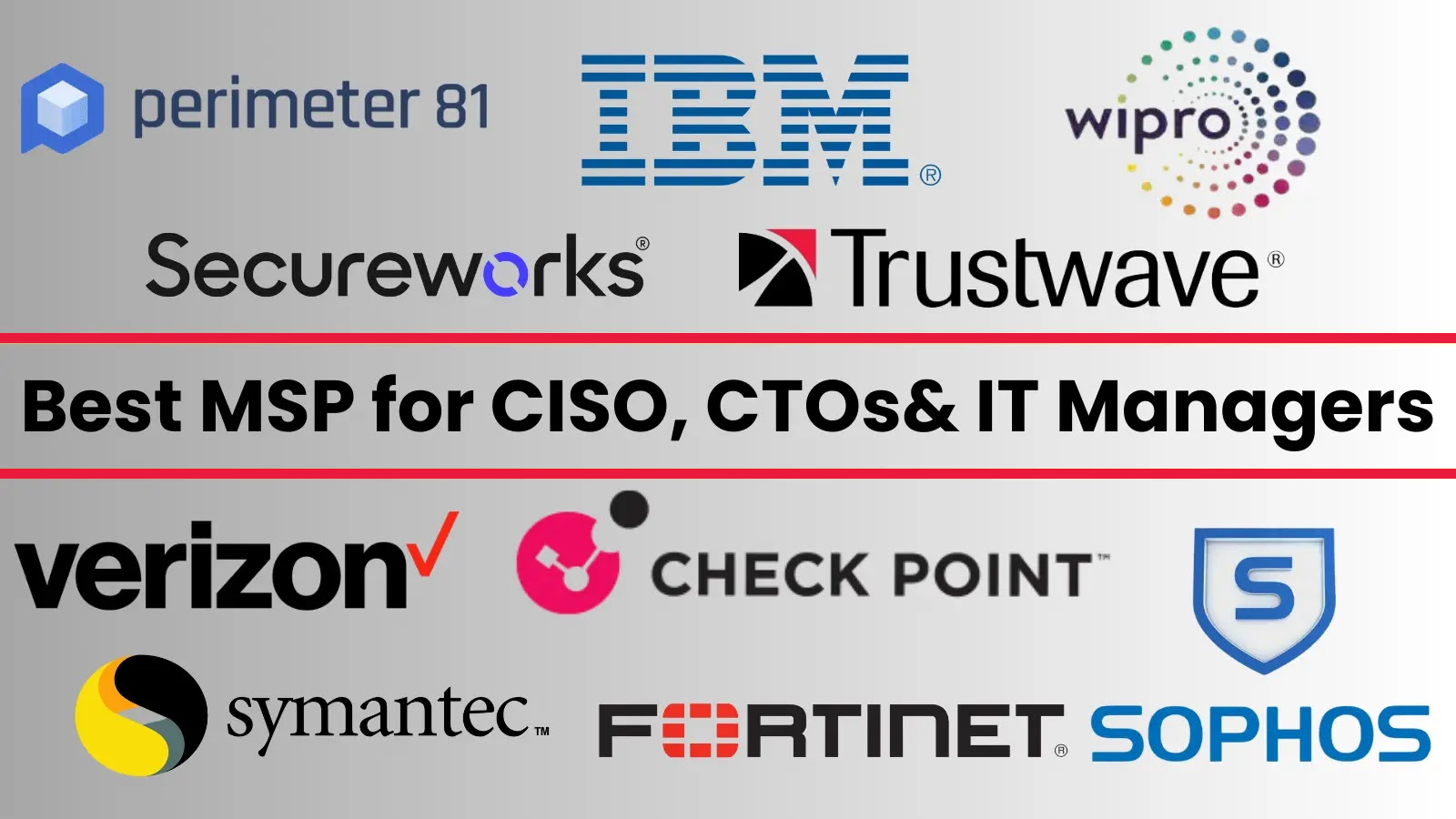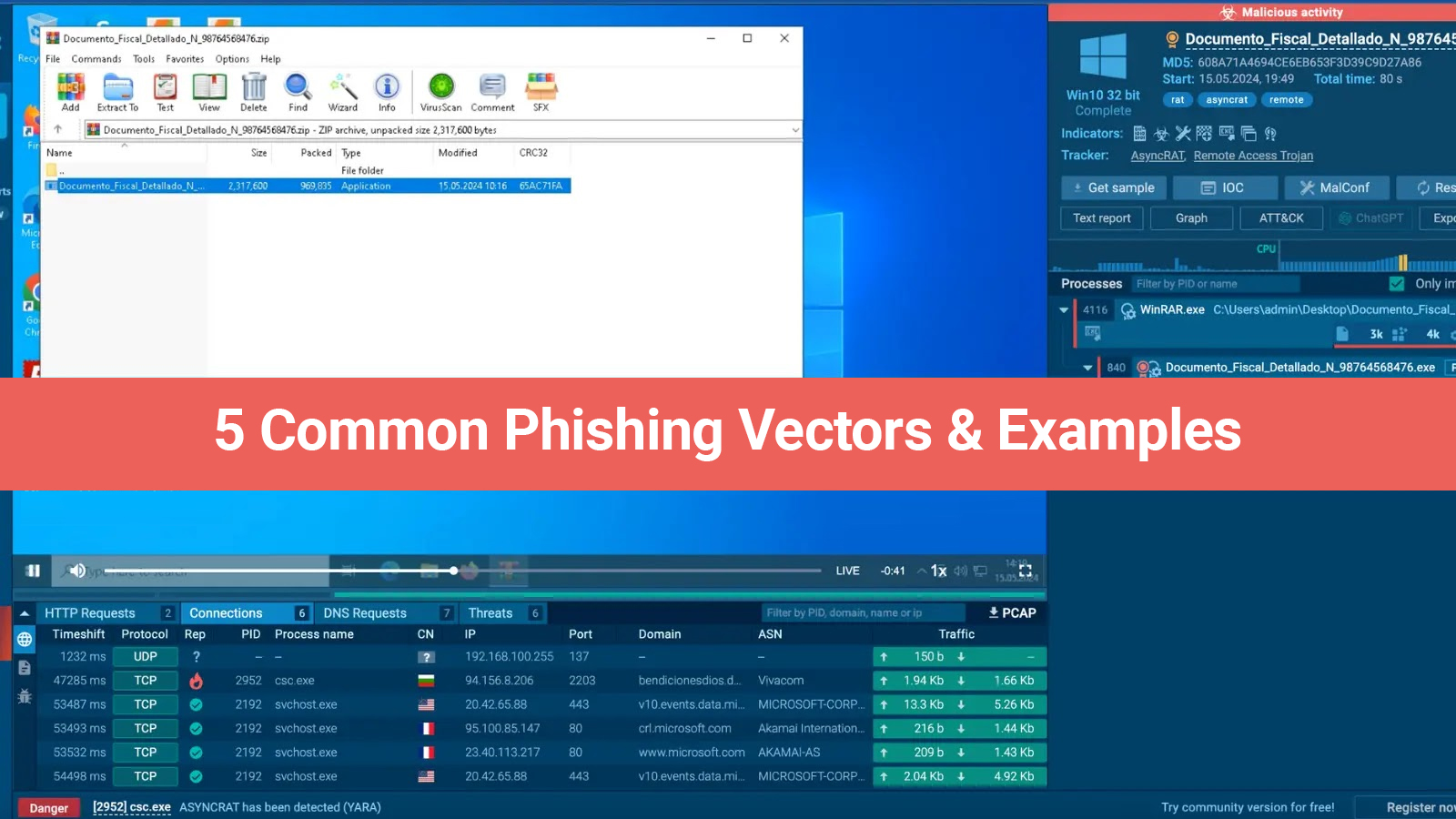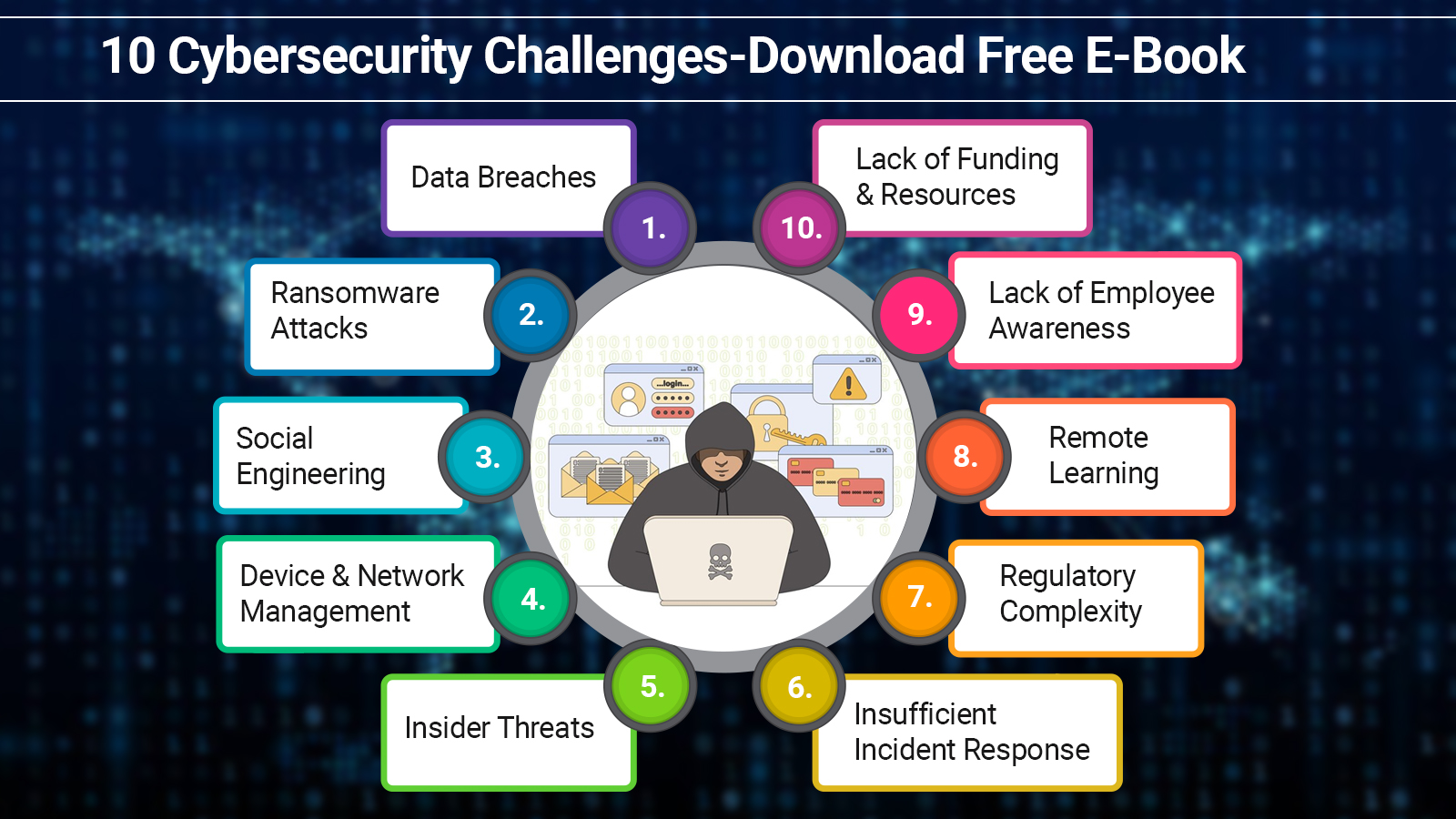These days, multi-cloud & hybrid architectures are standard in business settings. Approximately 90% of businesses employ a multi-cloud strategy, and 8% utilize a hybrid. Due to its various benefits, such as improved productivity, vendor independence, and simpler management, this is not at all surprising. However, multiple cloud & hybrid system maintenance can be difficult, particularly in terms of cybersecurity.
The primary concern is the visibility of security measures. It is easy to get distracted by the multitude of IT resources & emerging technologies and forget anything that requires security. Due to the wider IT infrastructure and variations in the security requirements of cloud environments, this also results in unstable security policies. Companies also face difficulties adhering to different privacy & security standards.
To fix these issues, security solution providers create new security technologies & strategies. The Cloud-Native Application Protection Platform (CNAPP), which integrates proven, pre-existing cloud-focused security models to handle emerging threats, is a noteworthy approach. Here are some ways that CNAPP improves multi-cloud and hybrid environment security.
Assuring Security in the Cloud
Standard approaches stick to a security model that depends on an actual physical barrier or access control mechanism. However, physical barriers already exist in the era of cloud computing. Since many IT resources are cloud-stored, physical restrictions on an organization's property cannot govern access to them. It would be better to use a cloud-native solution to guarantee their security.
A CNAPP security platform was expressly developed to counter cyber threats that target IT assets in hybrid environments and across various clouds. It replaces disparate security tools with a single & comprehensive solution that offers appropriate security for cloud-native workloads. It was developed in response to the necessity of combining several security solutions due to the increasing use of cloud computing and its risks.
Businesses can rely on CNAPP to combine security functions into a single platform to ensure extensive security visibility and handle emerging threats that exploit the weakness of cyber defenses for cloud-native workloads. This is mainly because the IT industry emphasizes the need to “shift left” and incorporate security processes into development and operations.
The advantages of Cloud Workload Protection Platform, Cloud Security Posture Management, and Cloud Service Network Security are combined in CNAPP to create a user-friendly platform for threat identification & management.
The term “cloud security posture management” describes a set of procedures & instruments to guarantee the security of cloud environments & resources, configuration, enforcing policies, and regulatory compliance.
Workloads operating in cloud environments, such as virtual machines, serverless apps, and containers, are secured by cloud workload protection platforms. On the other hand, cloud service network security refers to the procedures & safeguards to protect the cloud services' network infrastructure & communication channels.
Resolving the Failures of Traditional Defenses
Although it does a great job of giving an organization a preview of its public cloud, Cloud Security Posture Management doesn’t manage multiple clouds with different configurations.
Cloud workload protection platforms shouldn't protect workloads in several different environments. Nonetheless, workloads in containers are perfect for protection. Furthermore, while cloud service network security is effective in protecting communication channels & cloud networks, it’s not as clear or manageable in highly distributed & dynamic contexts.
However, when combined, these security methods create their shortcomings and enhance one another's duties in CNAPP. It combines disparate methods of managing security posture, service network defense, and workload protection for cloud and hybrid architecture. Moreover, it offers a single security command center that enables more effective operations management.
CNAPP is an ideal cloud-native security platform due to its added features. A benefit is that it combines security rules across many clouds by offering a single management dashboard for on-premise infrastructure, private clouds, and public clouds. The decentralized security activities in the traditional cyber defense system for hybrid & multi-cloud settings are centralized.
Using CNAPP, threat detection & protection are further enhanced by the extent to scan containerized workloads for vulnerabilities. Business adoption of containerization is already increasing. Also, the global application container market is expected to increase at a Compound Annual Growth Rate (CAGR) of more than 28% between 2023 and 2028.
It's becoming essential to have the correct tools to protect containerized workloads. Furthermore, CNAPP improves threat detection by simplifying the process of identifying threats for serverless operations at runtime.
Not only this, CNAPP guarantees workload protection for the entire lifecycle. Although Cloud Workload Protection Platforms generally encompass multiple facets of the workload lifecycle, the majority of company products might need to be more comprehensive to cover workloads for their entire duration.
Simplifying the Process of Regulatory Compliance
Over the past few years, regulations concerning cybersecurity & data handling have grown. In addition to the Consumer Privacy Protection Act (CPPA) and the General Data Protection Regulation (GDPR) of the European Union, new improvements to current ones are highly expected. Moreover, managing the intricacies of hybrid & multi-cloud architecture, companies must also contend with regulatory compliance.
By streamlining compliance management even when working with several clouds operating at various places where different rules and regulations apply, CNAPP helps solve compliance issues.
CNAPP is a practical solution to handle both operational and regulatory issues due to its centralized controls, automated reporting, consolidated audit logs, continuous monitoring, and accordance with frameworks.
Without distracting from the time & resources that should be allocated to addressing threats, it helps guarantee compliance teams have all the data and insights they require to handle possible compliance issues.
Overcoming the Difficulties of Hybrid & Multi-Cloud Infrastructure
Protection, simplification, consolidation, improved defense, and simplified compliance with cloud-native technology. These make up the advantages of employing CNAPP to deal with the difficulties of using various cloud services and running a hybrid infrastructure.
Companies must use appropriate security solutions as they integrate new technologies & complex IT systems. It is possible to compare the confluence of new settings, applications, technologies, and risks to a strong cyclone that can be lethal but can be survived with the help of put in place safeguards.
Wrapping It Up
Hybrid and multi-cloud infrastructures are common in today's business environment, but ensuring security. Cloud-focused security approaches integrate the Cloud-Native Application Protection Platform (CNAPP) to solve these problems.
CNAPP ensures cloud security, fixes conventional defensive weaknesses, and makes regulatory compliance easier. Complex threat detection, automatic reporting, and centralized controls make it a perfect answer for managing the complexities of multi-cloud & hybrid infrastructures.
Did you find this article interesting? Join our TTB Community on LinkedIn for more intriguing articles.









